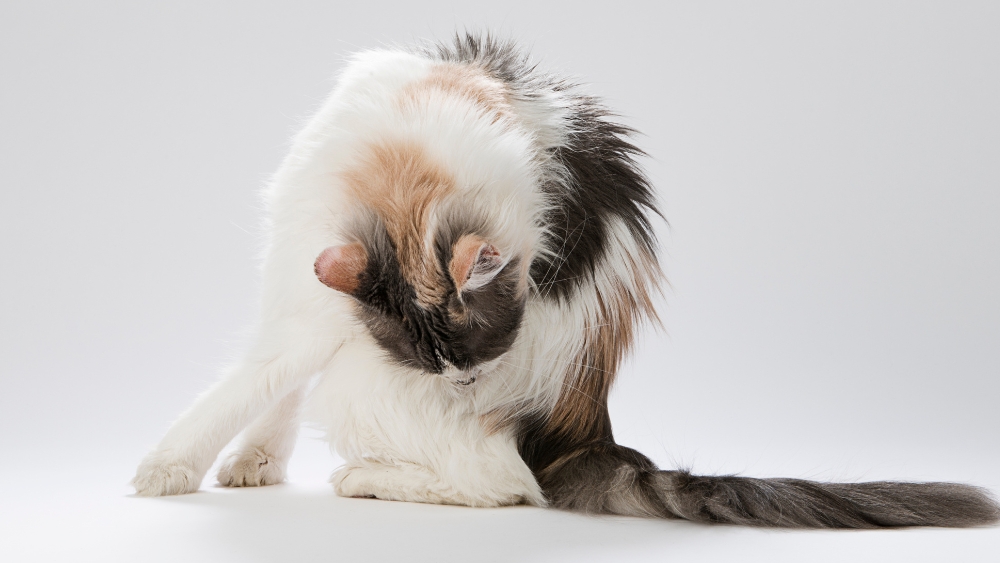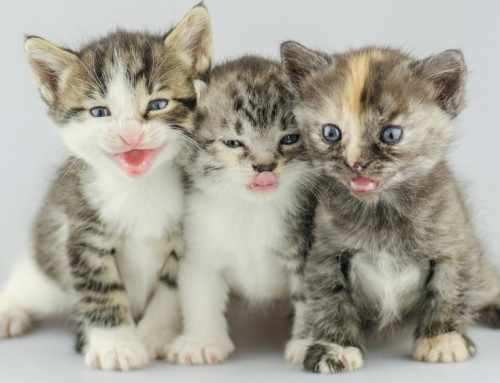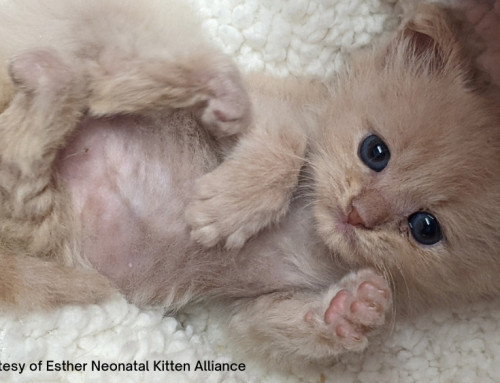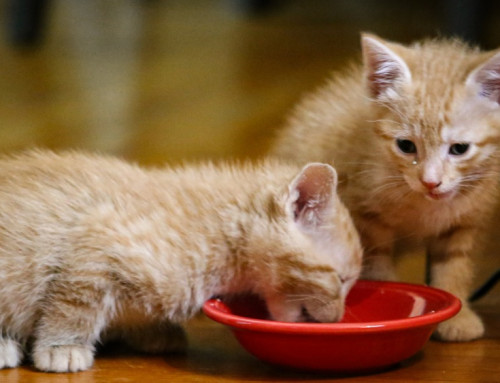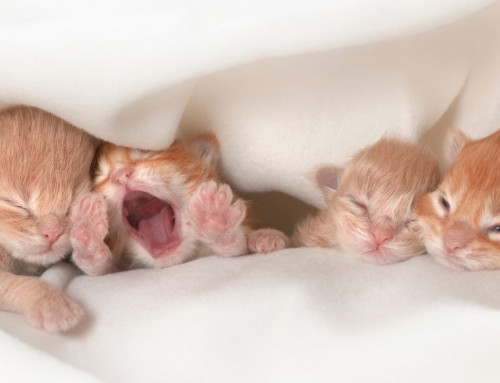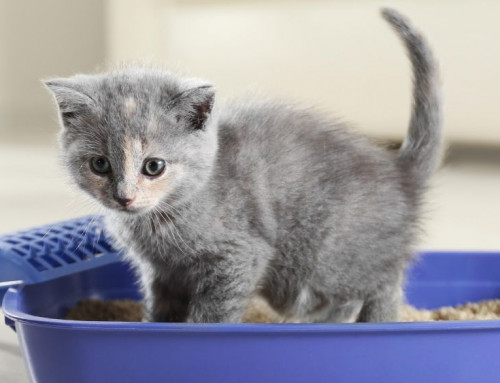Share this resource or email it to a friend!
Vomiting a hairball now and then is, at best, an unpleasant experience for both a cat and her human companion. A cat who needs to get rid of a hairball may hack, gag, retch or vomit. What comes up could be mucus, mucus with a bit of hair or food in it or a hefty hairball (typically log-shaped).
It makes perfect sense that cats get hairballs. They spend a lot of time grooming and swallow hair in the process because of the little hooks (papillae) on the upper surface of their tongue. Papillae give the tongue its sandpaper texture that grabs and holds onto loose hair. Ideally, the hair goes in one end and comes out the other.
Kittens don’t usually get hairballs because they’re not as skilled at self-grooming as cats. Nevertheless, it’s a good idea to accustom kittens to grooming from the get go. Regular grooming by their new families may reduce the amount of hair kittens shed around the house or they swallow. Hair that is swallowed can lead to hairballs and vomiting.
Tips to avoid hairballs include regularly brushing kittens and cats so less hair is swallowed during self-grooming. Veterinarians may also recommend hairball lubricants or foods formulated to reduce hairballs.
A cat who grooms to the point of causing bald areas and irritation to his skin should be examined by a veterinarian. The cat could have a medical problem, such as a skin infection, allergies or parasites that require treatment. A cat who is bored, bullied by other cats in the family or experiencing a change in the household routine may excessively groom and vomit due to stress.
Eating too quickly or too much at one time are also common causes of vomiting. Feeding smaller, more frequent servings and spreading the food over a flat surface—like a low-sided plate, which forces the cat to take smaller bites—rather than placing it in a bowl may be helpful. Another tip: Put a golf ball in the middle of the plate, so that the cat must slow down to move the ball out of the way. Consider elevating the cat’s food bowls to the height of his front legs, approximately 4 to 6 inches, so gravity helps the food move down.
In a multi-cat household where one cat is racing through her meal much faster than the other and moving in on the slower eater, feed the cats in separate rooms.
Whenever you switch foods, do so gradually over several days to avoid digestive upset.
Vomiting frequently, with or without producing a hairball — several times a day, a week or a month — can be a sign of more serious health issues. These include food allergies, gastrointestinal issues, diabetes, hyperthyroidism and even organ failure. Another cause for vomiting or retching can be a potentially life-threatening blockage in the stomach or small intestine. Blockages may be caused by a large clump of hair or a foreign body, such as a swallowed string, small object or dental floss, that can’t be passed as poop from the GI tract.
When vomiting becomes an issue, keep notes to document how often it’s happening. Keep track of the food the cat ate, when he ate and the time he vomited. Take photos of the vomit, and note its color and what the vomit consists of: mucus, blood, hair or undigested kibble. These steps may help your veterinarian diagnose the problem. Stay alert for bloody vomit or poop, loss of appetite, lethargy or diarrhea, and don’t wait to contact your veterinarian if your cat continues to gag, retch or vomit without producing a hairball, loses her appetite, has diarrhea or constipation or is lethargic.

